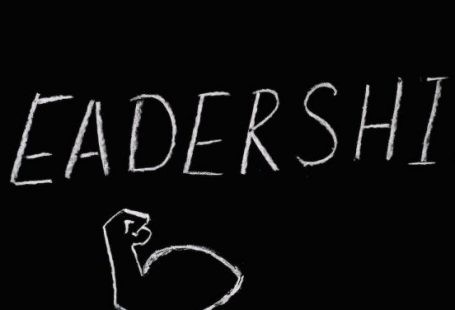In the world of investment, risk assessment is an art form that requires careful analysis and consideration. It is the process of evaluating the potential risks associated with a particular investment and determining the likelihood of those risks occurring. This crucial step is often overlooked or underestimated by novice investors, leading to costly mistakes and missed opportunities.
One of the first steps in risk assessment is identifying the specific risks that may affect an investment. These risks can be categorized into various types, such as market risk, credit risk, and liquidity risk. Market risk refers to the possibility of financial losses due to changes in market conditions, while credit risk relates to the potential for a borrower to default on their obligations. Liquidity risk, on the other hand, involves the possibility of not being able to buy or sell an asset quickly without causing a significant price change.
Once the risks have been identified, the next step is to determine the likelihood of each risk occurring. This requires thorough research and analysis of various factors, including the current economic climate, industry trends, and company-specific information. For example, if investing in a particular industry with a history of volatility, it is essential to assess the likelihood of market risk based on past performance and future projections.
After assessing the likelihood of each risk, the next step is to evaluate the potential impact of these risks on the investment. This involves quantifying the potential financial losses that may arise from each risk and considering the potential consequences on the overall investment portfolio. For instance, if investing in a high-risk asset that has the potential for substantial returns, it is crucial to assess whether the potential gains outweigh the potential losses.
Furthermore, risk assessment also involves considering the investor’s risk tolerance and investment objectives. Different investors have different risk appetites, and what may be an acceptable level of risk for one investor may be too high for another. Therefore, it is crucial for investors to align their risk tolerance and investment objectives with the identified risks. This can be done by diversifying the investment portfolio, allocating assets based on risk levels, and considering risk management strategies, such as stop-loss orders or hedging techniques.
Moreover, risk assessment is an ongoing process that requires constant monitoring and adjustments. As market conditions and investment landscapes change, the risks associated with an investment may also change. Therefore, it is essential for investors to regularly review and update their risk assessments to ensure they are still aligned with their investment goals.
In conclusion, the art of risk assessment in investment is a critical skill that every investor should master. It involves identifying and evaluating the potential risks associated with an investment, determining the likelihood of those risks occurring, and assessing their potential impact. By conducting thorough risk assessments, investors can make more informed investment decisions and better manage their portfolios. Remember, investing is not about avoiding risk altogether but about understanding and managing it effectively to achieve long-term financial success.



